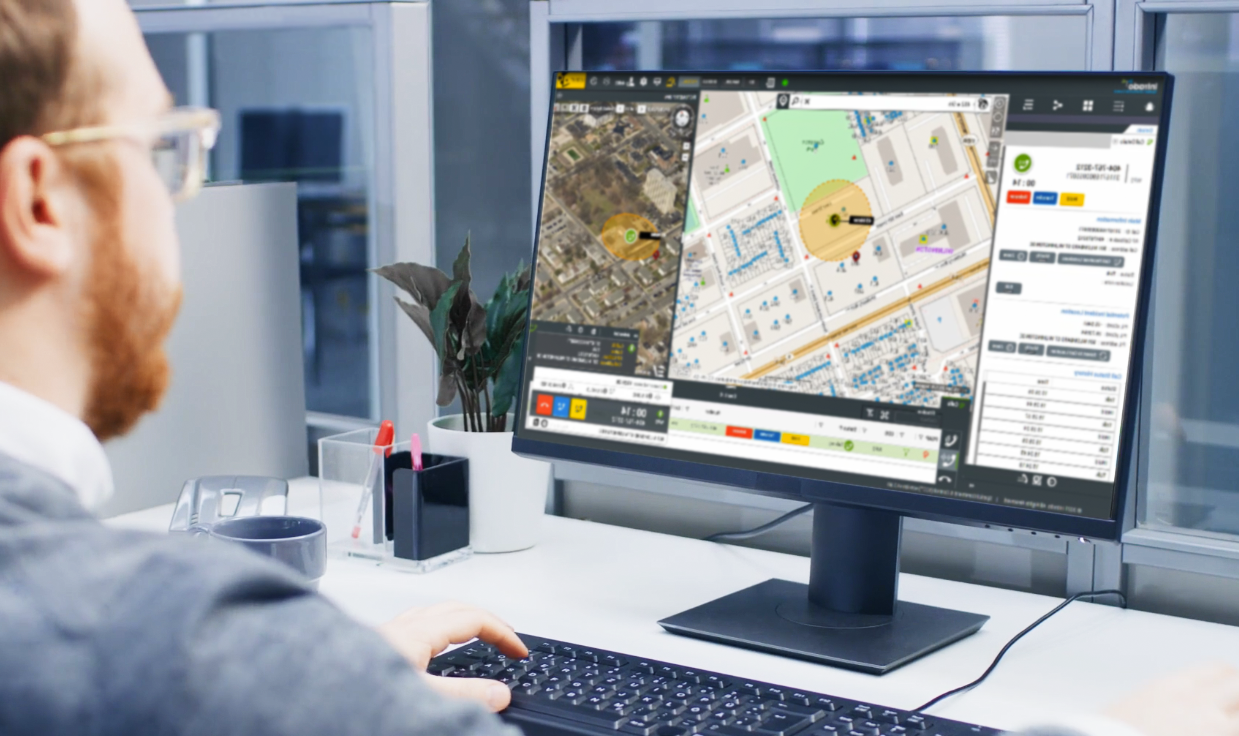Five Steps to Get the Most Out of GIS in Your NG9-1-1 System
One critical component of the transition to Next Generation 9-1-1 (NG9-1-1) systems is a shift from the use of tabular Master Street Address Guide...
2 min read
By Intrado
Jan 24, 2022
Data can be incredibly valuable; but like most things that are worth a lot, it needs to be maintained. That’s certainly true of 911 data. Ask anyone who oversees the geographic information system (GIS) data for a city, county or state, and you’ll get an earful about just how tough this can be.
People move around, as do businesses and institutions. Cities and towns grow and shrink. Boundaries and jurisdictions shift over time. It’s the job of emergency communications to stay current on these changes so that when you dial 9-1-1, first responders know where to find you as quickly as possible.
This is why Intrado created a complete suite of GIS solutions – the Geospatial Technology Portfolio. The suite enables customers to maintain their 911 location data in an efficient, timely and accurate manner in real time, and better leverage that same data through a powerful map-based incident response solution.
For many years, the public safety industry has had to update location data through a process that takes a long time, involves many steps and uses tools that aren’t integrated with one another. It’s definitely not ideal.
Agencies know that to move their organization – and by extension, their community – to NG911 and a more reliable, efficient and effective public safety system, one of their first tasks will be getting their GIS house in order.
“Though many people don’t know this, Intrado is the largest provider of GIS technology to Public Safety Answering Points (PSAPs) in the U.S.,” says Elliott Cox, who leads geospatial technology product management at Intrado, noting the company’s long history in the safety field. “Now we’re evolving the whole process even more, making data management as smooth and efficient as possible.”
Of course, not every agency has the same needs when it comes to updating their GIS data and keeping it current over time. Similarly, resources vary; a small, rural county won’t have the same funding as a big metropolitan area.
“That’s why we created solutions for each use case,” Cox explains. “Every solution is aimed at the same end goal, which is maintaining accurate and up-to-date data, but each solution accomplishes that in a slightly way.”
From the PSAP with a GIS expert on staff to those that are complete novices when it comes to location data, there’s a wide range of options.
What all Intrado’s customers have in common, though, is that they’re striving to adhere to the NENA i3 standard for Next Generation 911 (NG911) GIS data for location validation and routing. This standard defines specific GIS data layers in PSAP and response agency-mapping applications for handling and responding to 911 calls.
There are four critical parts of NG911, an ESInet (Emergency Services Internet Protocol Network), NCGS (Next-Generation Core Services), NG911 call-taking equipment and your GIS. If you already have an ESInet, there’s a good chance it’s from Intrado; Intrado powers 40% of the ESInets in the United States.
“There are definitely counties and towns that do not even have geospatial data. It’s very prevalent, more than you’d think,” says Cox. “So we start with creating data and making sure it’s accurate. And once you’ve got your data layers for your city, state or county, you’ve got to maintain it. Our customers are all across that spectrum.”
Stay tuned to Intrado’s Life & Safety blog posts for part two of “Intrado is Mapping a Course for NG911 GIS Success in Public Safety” next week! And if you need any assistance in the meantime, reach out to us at safety@intrado.com.
A version of this blog post originally appeared in APCO’s PSC Online Magazine.
Call (877) 262-3775 or fill out the form below and a representative will be in touch with you shortly.

One critical component of the transition to Next Generation 9-1-1 (NG9-1-1) systems is a shift from the use of tabular Master Street Address Guide...

Those of us from the information technology profession did you a disservice many years ago when we first drew the early concept of the Internet—of...

Map-based 911 Call Handling with Authoritative GIS Data Last week we announced the launch of Spatial Command & Control, an exciting new addition to...

The importance of mission critical Geographic Information Systems (GIS) data for call- and dispatch- mapping in the Public Safety Answering Point...